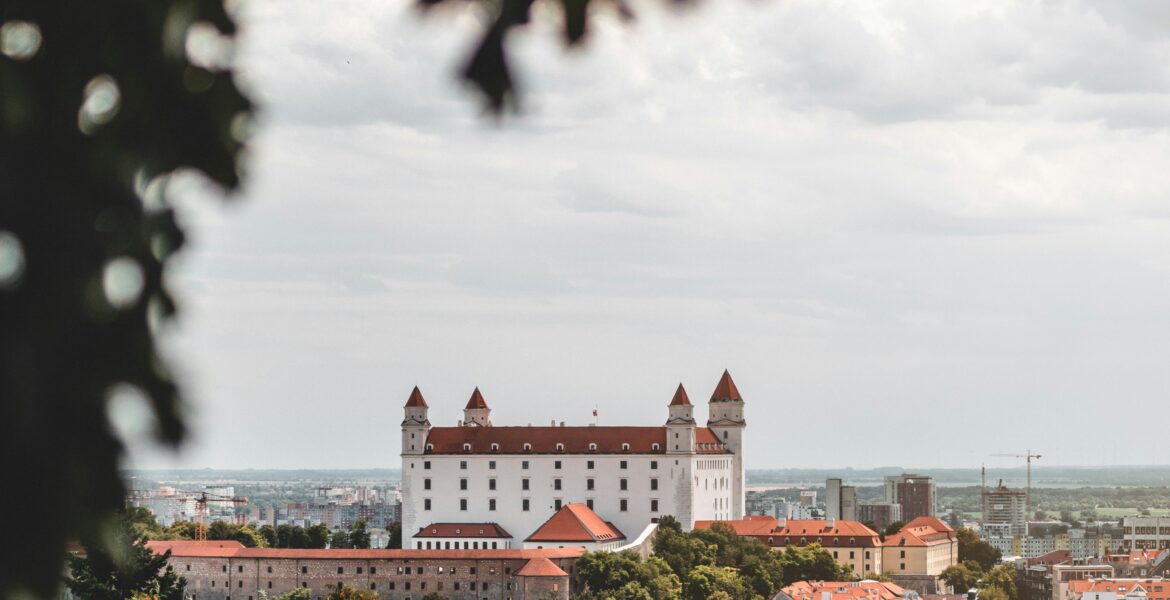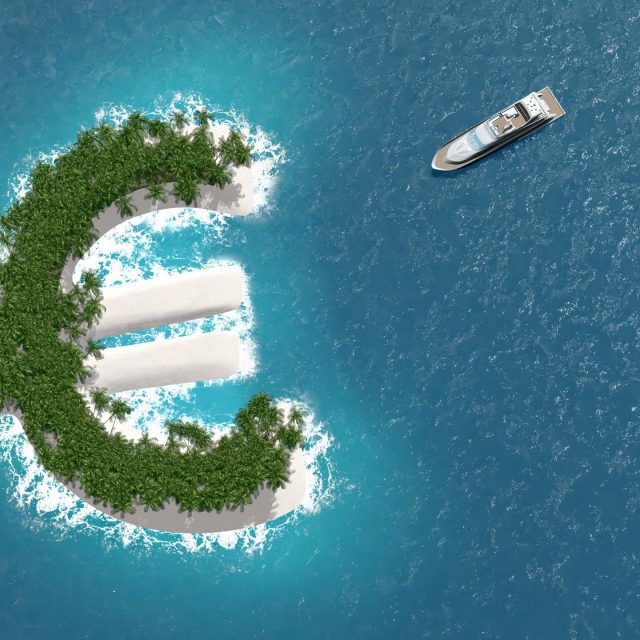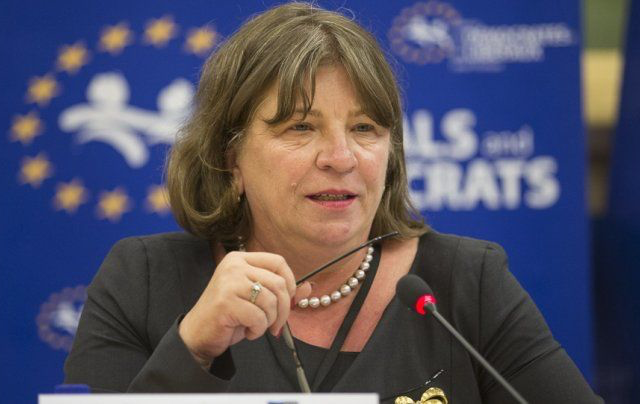Photo by Martin Katler on Unsplash
The electoral campaigns before the upcoming EP election in Slovakia have been running calmly mainly on social networks, billboards with rather vague messages listed on them and also in regions in party-organized meetings. Discussion sessions with citizens, contrary to the original intent are often attended mostly by the already-decided electors of each of the respective parties, writes Martin Toman.
All was quiet until the “Bloody Wednesday“ of 15th May – which will, for decades, be a milestone in Slovak history, when the assassin, radicalised poet and philosopher in retired age Juraj Cintula tried to kill the prime minister Robert Fico, the leader of the strongest government party SMER – sociálna demokracia (SMER – Social Democracy) in a small mining town Handlová in Central Slovakia. This brought the whole nation into shock and an unprecedented political silence for days. Parties were waiting to see if PM Fico survived the attac. This was an incomparable event the liken of which had never been since the independent Slovak republic was established in 1993.
Some parties suggested subsequently there should be no political activity at least until after the EP elections and no legislative proposals “in an effort to provide room for reconciliation in Slovak society” and calming down the emotions from the recent heavy fights in the Slovak parliament running since Oct 2023. This view seems to be rejected at the moment by the political spectrum.
The polls have changed since the attentat. Former polls leader leftist-liberal Progressive Slovakia has been replaced by PM Fico’s party SMER (which is stably leading the nation elections polls as well) with roughly 25%. The second party in polls at 20% is the main opposition party Progresívne Slovensko (PS) of former MEP Mr Michal Šimečka, son of the well-known dissident, senior journalist and writer bearing the same name. Well behind, but stably in third position is HLAS – sociálna demokracia, party of the soon-to-be inaugurated new Slovak president Peter Pellegrini, hovering around 14 %.
The other parties that are likely meet the 5% threshold are the far-right REPUBLIKA (Republic) that is out of the national parliament and is rumoured to have a whole bunch of Russian experts that help to lead its campaign in social media. The Republic of Milan Uhrík tries to lure the electorate by vague “anti-Brussels“ slogans such as “Stop the nonsense coming from Brussels“ and the like. The Christian Democrats (KDH) of MEP Mrs Miriam Lexmann are polling around 8 % currently, which is on the margin between getting one and two mandates in the EP. On their candidate list one can also find the former commissioner and former special EU envoy for religious freedoms Mr Ján Figeľ.
Probably one MEP will come from the right-wing liberals Freedom and Solidarity (SAS) of the ex-party leader that again wants to become a MEP Mr Richard Sulík and maybe also one member will come from the national populist Slovak national party (SNS) of current leader Mr Andrej Danko, former chairman of Slovak parliament and smallest coalition partner in the current Slovak government. With a little luck, one mandate may be drawn from the merger party of Hungarians in Slovakia named Alliance (Aliancia).
The Slovak political party scene is very fragmented and there are new offshoots who will push hard to beat the 5% threshold for the first time in their party history: namely the centrist liberal-conservative party Democrats (Demokrati) of former PM Mr Eduard Heger and the Christian Union (Kresťanská únia) that has a new leader for these elections Mr Milan Krajniak, former Minister of Labour, Social Affairs and Family in the previous government. Probable losers at the elections will be ex-PM Mr Igor Matovič’s movement SLOVENSKO (until recently named Ordinary People or abbreviated OĽANO). All in all, government parties plus Republika are expected to get 8 MEP mandates while the opposition parties 7 mandates in the national quota of 15 MEPs dedicated to the Slovak Republic.
Regarding topics present in the campaign there is not much dispute between the parties. All political parties claim that Slovakia must keep the right of veto. A vast majority of the parties is for the revision of green deal, aiming especially for a consensus that diesel and petrol engines can be sold and driven on the roads after 2035. Coalition parties emphasize that they are for “Peace in Europe”. Far right and conservative parties claim on their billboards, “There are only two sexes” and speak against gender policies and the recently approved migration pact; they are also against the inclusion of the right to abortion in the Charter of Fundamental Rights of EU.
Concerning the anticipated turn-out in the EP elections, observers expect a bit higher turnout than for the last EP elections, i.e. approximately 30 %. In 2019 the EP elections Slovakia had the lowest turn-out of all of the EU member states. However, the turn-out could have been much higher if the EP elections were to happen at the same date as the presidential elections in Slovakia. Alas, this idea was refused by some parties of the previous government for greedy subjective reasons. In other words, certain parties were worried that if these two elections were to be merged, then the liberal candidate for president would win, which they did not want. So the expected low turnout remains hijacked by the domestic political agenda and is preferred by most of the political parties, that actually count on it in their election planning.

The Author, Martin Toman, is a political adviser and public policy expert analyst based in Bratislava.




